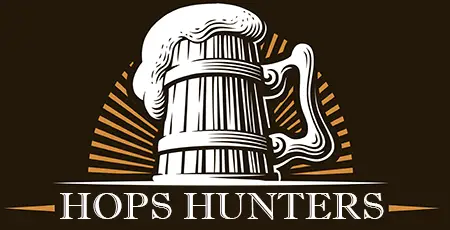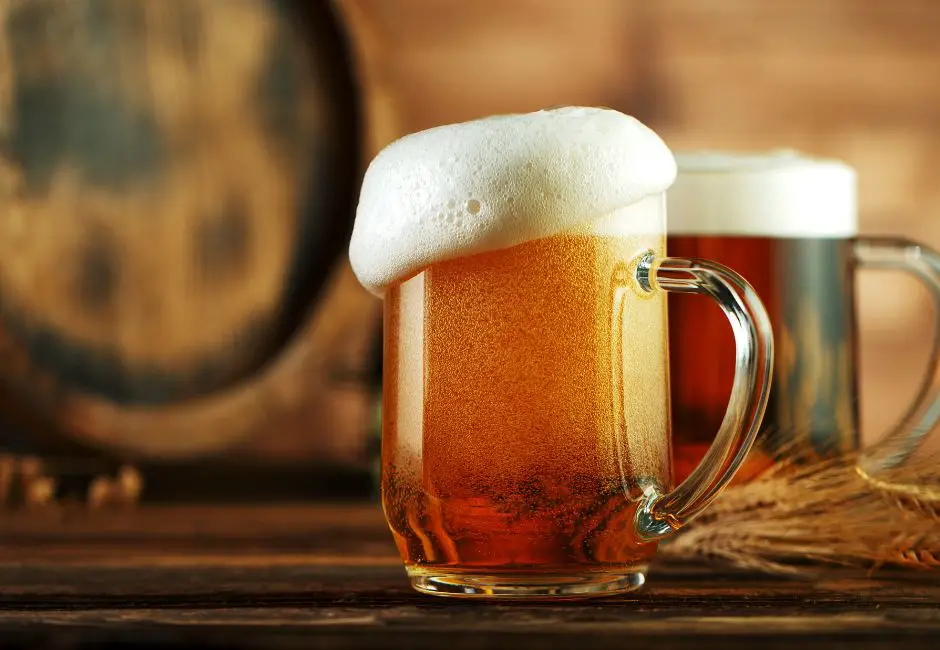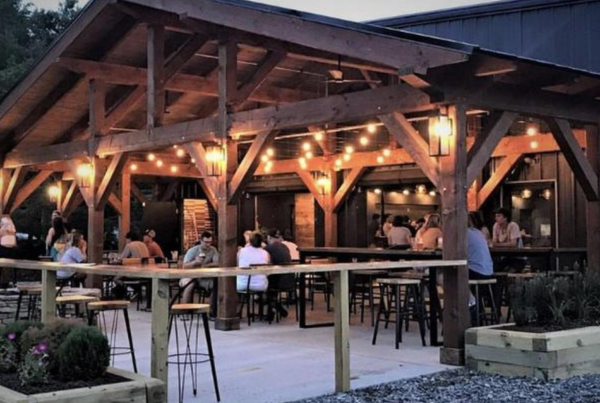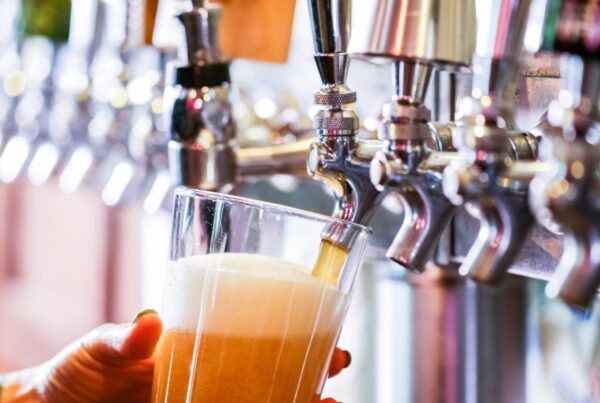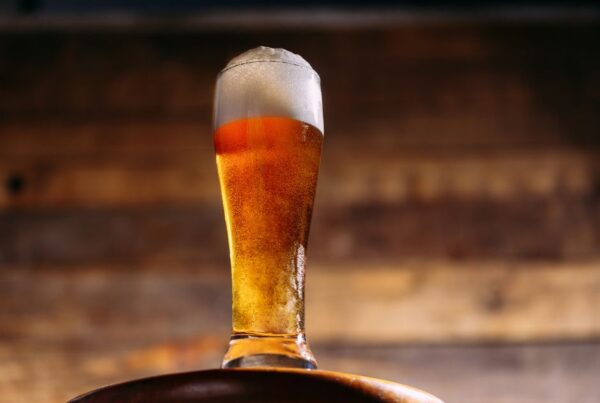How to Pour Beer with Less Foam
If beer be the drink of joy, pour on. Just do it correctly.
As experienced beer connoisseurs, we’re all fairly familiar with the foam “head” that forms when you pour it into a glass. This foamy top layer can be a mark of quality depending on the type of beer, but I think we’d all agree that there’s a point where excessive effervescence can be a nuisance—and a rather messy one at that.
But what if you could quell this frothy uprising? Good news—you absolutely can. And this guide will show you how.
Whether it’s from a bottle, a can, or directly from a tap, we’ve got you covered with all the beer pouring instructions, tips, and tricks you could possibly need:
The Science of Beer Foam
To dismantle a puzzle, we must first understand its pieces. (Yeah it’s beer, not exactly quantum physics, but bear with me.) Before we dive into the “how-to,” it’ll help to understand what exactly causes beer to foam in the first place.
No surprise, it’s the usual suspect: carbon dioxide.
CO2 gas is a natural byproduct of beer fermentation, and breweries also put extra carbonation in beer to enhance beer’s texture and taste. When you pour a beer, these CO2 bubbles rise to the surface and create foam.
When the beer is under pressure (like in a sealed bottle or can), these CO2 molecules stay dissolved within the beer. But once you open a beer bottle or can, the pressure is reduced, freeing these gas molecules.
Now that we know what causes foam, let’s look at how to tame it:
The Role of the Glass in the Perfect Pour
Believe it or not, the glass you pour into makes a difference. Not only can glassware influence the beer’s aroma and the perception of its taste, it can also affect the formation and retention of foam. This is a big part of why we have so many different kinds of beer glasses in the first place.
So when pouring into a glass, keep these requirements in mind:
- Choose the appropriate glassware. Different beer styles are best enjoyed in specific types of glasses. Highly carbonated ales, such as IPAs or Belgian brews, prefer the company of a wide-mouthed glass that curbs their effervescent enthusiasm.
- Ensure the glass is clean. Residual oils or detergents on the glass can disrupt the beer’s carbonation, leading to excess foam. Clean your glass thoroughly with a mild soap, rinse it well, and allow it to air dry. You don’t need to go crazy here, just give it a good once-over.
How to Pour a Beer without Excessive Foam
Instructions:
- Start by holding your glass at a 45-degree angle. This technique reduces the surface area where the beer can release its carbonation, thus minimizing the foam.
- The halfway point is usually the ideal time to begin changing from an angled pour to a straight pour. Slowly straighten the glass when it’s about half-full. The remaining beer should pour straight down into the middle of the glass, creating the “right” amount of head or foam.
Pouring Tips:
- Leave room for the head of foam. If the foam is rising too quickly, you can slow or briefly stop the pour to let it settle.
- Cold beer produces less foam than warmer beer, all other things being equal. So store your beer at the recommended temperature to ensure optimal carbonation and minimal foam. Remember that the ideal temperature for beer varies depending on the type/style.
The aforementioned steps should “serve” you well if you’re pouring from a can or bottle. But as you know, the world of beer extends far beyond these containers. So in the interest of completeness (hey, we did say this guide was comprehensive), let’s take a quick look at…
Reducing Foam from Kegs and Draft Systems
Generally, the tap should be opened fully and the beer should be poured down the side of the glass to reduce turbulence—similar to the instructions for pouring from a can or bottle above.
But if you’re still finding that your keg or draft beer is too foamy, you might need to adjust the pressure settings. Lowering the pressure can reduce the beer’s carbonation and thus the foam. (Be careful: Lowering the pressure too much can result in flat beer.)
Just as with pouring beer from a bottle or can, the temperature of the beer can also affect the amount of foam. Beer served too warm may foam excessively, while beer that’s too cold might not produce enough foam. Again, ideal serving temperatures can vary depending on the style of beer, but a general rule of thumb is to aim for a temperature between 38°F to 45°F.
The length and cleanliness of the beer lines in a draft system can also impact the amount of foam. Long beer lines can cause the beer to warm up before it reaches the tap, leading to more foam.
It’s not something most people want to think about, but “unclean” beer lines can introduce contaminants that can cause draft beer to foam excessively. Regular cleaning of the lines is essential to maintain the quality of the beer and control foam.
Final Thoughts
Remember that foam is part of the experience of drinking beer. Yes, it can be frustrating when your glass is “half foam,” but remember, all that foam will turn into beer if you just give it some time.
Also, contrary to popular belief, trying to get “as little foam in your beer as possible” can actually make you feel more bloated when you drink it. Why? Well, when you drink beer without foam, you’re actually ingesting all the CO2 gas. Having a “healthy” head of foam on your beer allows some of that carbonation to escape before you ingest it.
For all you beer enthusiasts who have journeyed here knowing that there’s more to pouring a beer than meets the eye, hats off to you. You’ve taken a step towards refining your beer-pouring skills, recognizing that there’s a certain finesse to getting just the right amount of foam.
(And for those of you who thought pouring a beer was as simple as “open, tilt, pour,” well… welcome to the deep end of the pint glass!)
